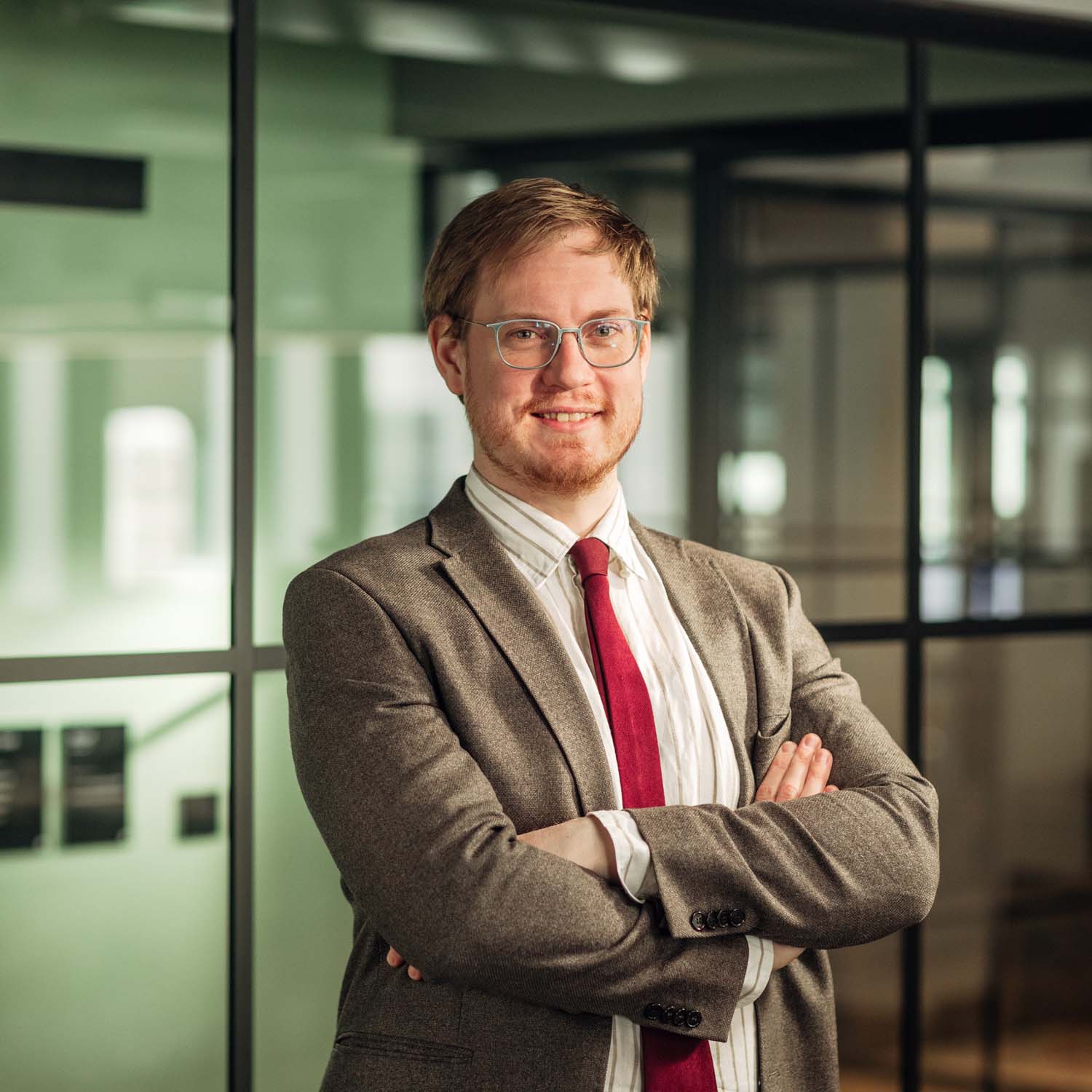Renewable gas is gaining momentum in Europe. The yearly production of refined biomethane has sharply grown over the last decade – with a two-fold increase between 2018 and 2022 – while more consumers are adopting it to curb emissions.
The ambitions are higher still. The European Commission has set a production target of 35 bcm – about 370 TWh – of biomethane annually by 2030, which still seems far with only six years to go. Anthony Lorin, Senior Policy Analyst at the European Biogas Association (EBA), explains how removing barriers for trade and harmonising block-wide policies could bring the EU closer to its target and create more opportunities for biomethane consumers.
How to facilitate biomethane consumption in Europe
“The European biomethane market is still fragmented,” Anthony Lorin says. “Most biomethane production is injected into gas networks, which in the EU are considered one interconnected grid. However, biomethane is more complex because it entails the transfer of certificates from one country to another.”
Unlike electricity Guarantees of Origin (GOs), there is not yet one harmonised system for biomethane certificates with a single association of registries and standardised characteristics for documentation. Gas GOs may today contain different information in different countries or national GO registries may have different communication protocols, which limits the possibilities for transferring them across borders.
Further, it is not always possible to transfer certificates from one country to another, depending on whether the associated volumes have been subsidised or not. Meanwhile, consumers often have to source a complementary certificate, called Proof of Sustainability (POS), to claim biomethane combustion in their CSRD reporting or in compliance markets, such as the EU ETS or transport markets under renewable energy or GHG reduction obligations.
Harmonisation would benefit consumers. “Firstly, we need biomethane GO registries in all EU Member States. This is currently being implemented, although some countries are lagging behind” Lorin continues. “Standardising the documentation for compliance and voluntary markets would streamline biomethane procurement. The upcoming revised standard for GOs will bring harmonisation, but more effort should be done for Proofs of Sustainability, where unharmonised biomass codes create administrative burden for traders. At the end of the day, it would be much easier for consumers to have one certificate with all the information they need instead of trying to get a GO and a POS.”
Removing barriers to cross-border trade could make more volumes available to European consumers. France, Europe’s second-largest biomethane producer, is still not open to exports and imports of gas GO, though it could potentially bring a significant volume into the single market. “More supply available beyond national borders could eventually achieve lower prices for buyers. It will also make it easier for industrial consumers to secure the necessary supply,” Lorin says.

Cross-border transfers are already becoming a trend. “We see increasing exports of biomethane from waste to Germany because of the incentives for the transport sector to reduce greenhouse gas emissions,” Lorin abounds. “We expect demand to grow in the coming years in other national transport sectors too, thanks to the rules in the latest version of the Renewable Energy Directive (RED III). The low carbon intensity of waste-based biomethane will be increasingly valued.”
According to the EBA, the transport sector uses about 20% of the biomethane consumed in Europe, although biomethane end-uses varie considerably between countries. But as the EU ETS pushes up the price of natural gas, the chemical sector and other heavy industries, as well as some food and beverage companies could benefit from the reduced emissions of biomethane.
Reaching the EU’s 2030 biomethane target
As part of the REPowerEU plan, the European Commission set a biomethane production target of 35 bcm per year. The goal is still some distance away. The European Union produced 3.4 bcm of biomethane in 2022, EBA data shows.
That number, however, means progress. Biomethane production grew almost 20% compared to 2021, while 24 countries now have biomethane plants. France, Italy, and Denmark saw the greatest increases in output. At least €25 billion in private investments are in the pipeline by 2030, according to the latest EBA Investment Outlook.
More ambitious national frameworks can further boost yield. “Since the REPowerEU initiative, more Member States have set targets for biomethane, totalling 12 today. Some countries where these do not feature yet are Germany, Spain, Austria, and Poland, which represent a huge chunk of the production potential,” Lorin explains. “If we take current national policies, forecasts put output around 14 bcm by 2030. So, if all member states set biomethane targets and clear out barriers to production and grid injection, 35 bcm is achievable, primarily because we know there is enough availability of sustainable feedstocks.”
"More supply available beyond national borders could eventually achieve lower prices for buyers. It will also make it easier for industrial consumers to secure the necessary supply."
Consumers have a role to play, too. Companies that choose renewable energy and document their consumption with Guarantees of Origin (GOs) can bolster a market that creates additional revenue for clean energy producers. “The price of gas GOs in the U.K. and in Denmark reached significant levels in 2022 and 2023, providing additional support for project developers to secure their business case and facilitate debt financing,” Lorin says.
The EBA is already planning how to support the biomethane sector in the upcoming European legislative cycle, which begins in June 2024. “Based on EU legislation recently adopted, we see an opportunity for more biomethane consumption in residential buildings and central cogeneration plants connected to district heating networks,” Lorin says. “Last legislative cycle, we got a very positive gas package which included a right to injection of volumes into the grid, which will give project developers a clear framework in many countries that still lack one”.
“On the forthcoming legislative period, we want to streamline EU regulations for developing projects and for getting them recognised as sustainable,” Lorin concludes. A large part of Europe’s biomethane potential is still untapped.



.png?width=3840&height=2560&name=Sun(1).png)

.png?width=3840&height=2560&name=Landscape_2(1).png)





